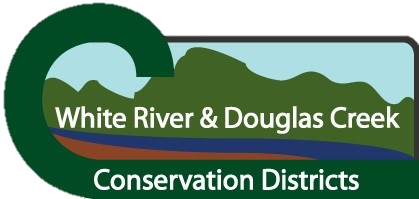Forestry
FOREST HEALTH
A simple definition would be that a healthy forest is one that is likely to be sustained into the foreseeable future. It depends on a sensitive balance of addressing problems such as pest infestation, fire outbreaks with forest goals such as continued livestock grazing, timber production, recreational use and forest productivity.
High levels of biomass (fuel loads) are a primary concern in today's forest health as these accumulations of live and dead vegetaion can contribute to pest problems and encourage epidemics of insects and diseases, reduce native biological diversity, and of course provide fuel for wildfires that can grow to epic proportions with a constant fuel source. Biomass reduction is an important step necessary to ensure the long term health of a forest as well as the safety of its neighbors.
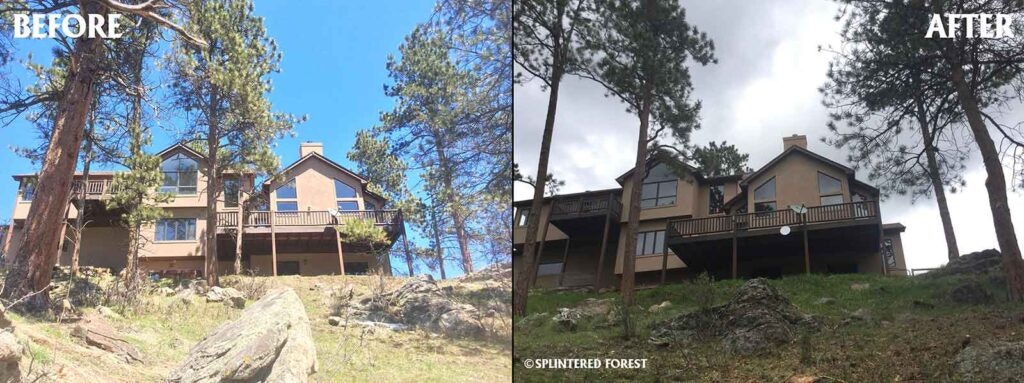
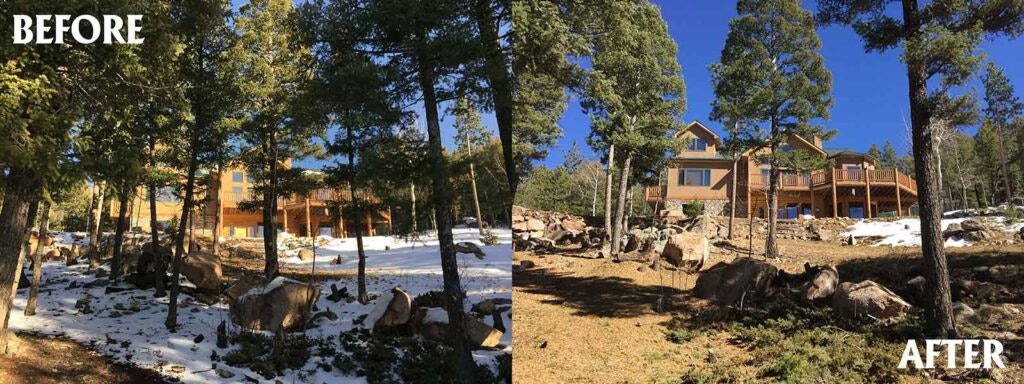
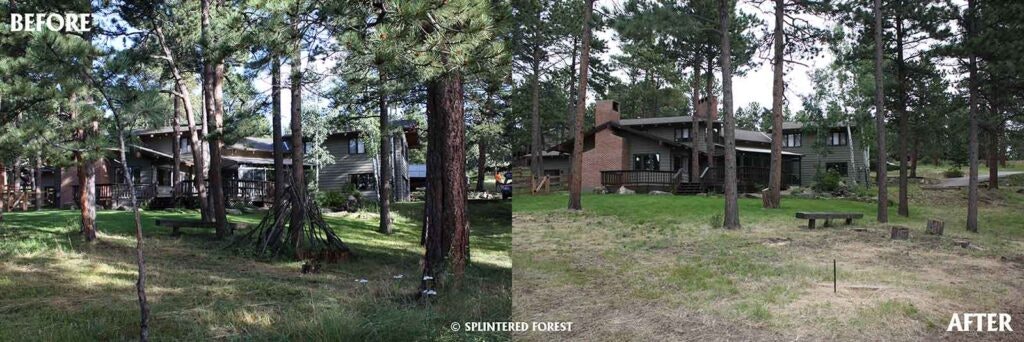





Wildfires are a natural part of Colorado’s forests. If you live in the wildland-urban interface in Colorado, where homes and other structures intermingle with wildland vegetation, you are at risk of being affected by wildfire. Planning ahead and taking action can increase the likelihood your home survives when a wildfire occurs.
Follow These Checklists to Prepare Your Home for Wildfire.
Protect your home from Wildfire
The Home Ignition Zone Guide PDF
CSFS Live Wildfire Ready Colorado Video
The Districts are encouraging residents and homeowners to plan ahead to protect homes from the threat of wildfires by reducing your homes ignition potential.
Fire prevention tips include:
- Thinning and pruning trees and brush and removing trash and debris around the home.
- Cutting grass and weeds within 10 feet of structures, propane tanks and utilities.
- Removing trees growing through porches, decks or roofs.
- Keeping roof and rain gutters clear of pine needles, leaves and debris.
- Removing tree branches that overhang within 15 feet of chimney and roof.
- Stacking firewood uphill at least 30 feet away from home.
- Utilizing non-combustible roofing materials.
- Making sure foundation, eaves and soffit vents have screens.
- Checking chimney spark arrester, which should be a half-inch screen.
- Clearing vegetation within three feet of fire hydrants.
- Making sure you have a garden hose, shovel and fire extinguisher nearby.
- Posting reflective address numbers so they’re visible from streets or roads and ensuring your driveway has adequate width (20 ft.) and height (15 ft.) for clearance of emergency vehicles.
- Maintaining an irrigated greenbelt near your home using grass, flowers, ornamental shrubs, rock gardens or xeroscapes.
For more information about the Districts Forest Health Project, cost-share program or a free site assessment to review your homes ignition resistance from impacts of wildfire impacts, call us 970.878.9838.
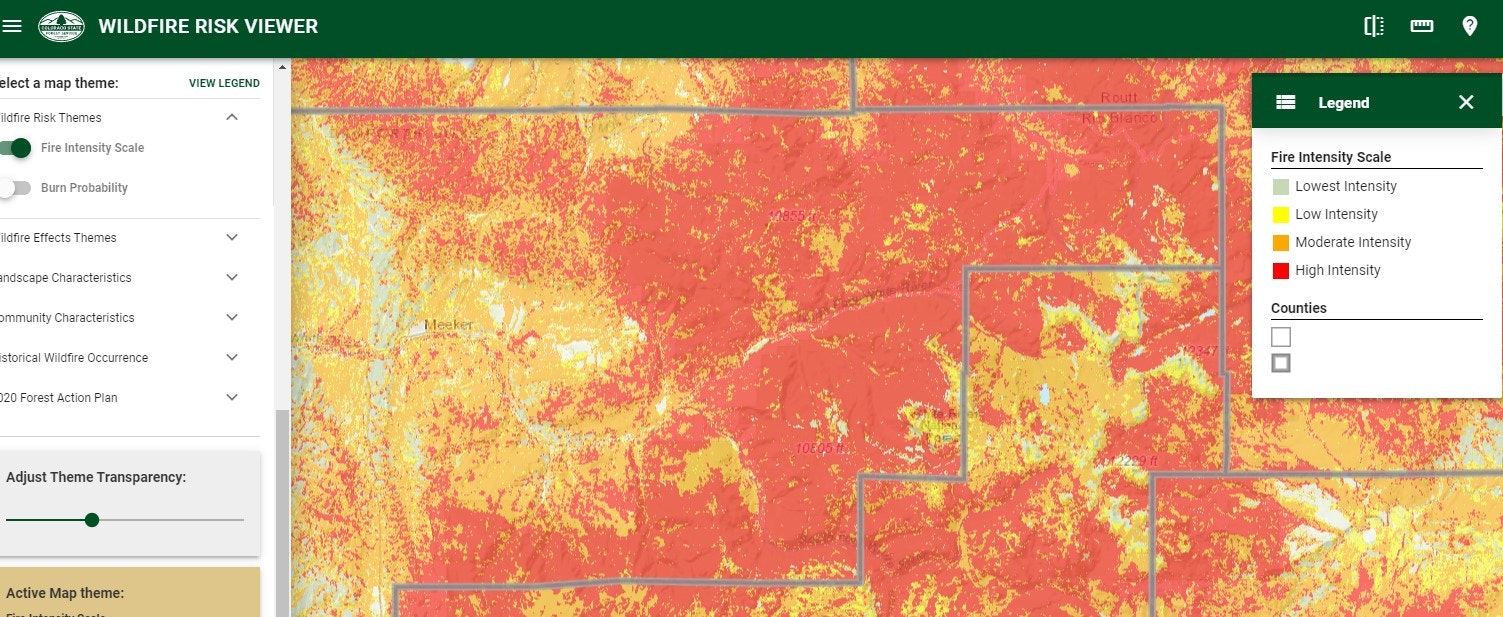
Please assist us by participating in our survey. Your input will help us better understand your needs as home and landowners in the priority areas of Marvine Creek, Campbell Creek, Ute and Papoose Creek, Crooks Park, Buford and Lost Creek. With your feedback we can research resources and cost-sharing opportunites.

We are interested in your feedback. Call us 970.878.9838 to find our more about opportunities and resources.

Wildland Fire USFS United States Forest Service
Forest Health & Management Colorado State Forest Service
Community Wildland Protection Plan Rio Blanco County
Colorado's forests provide aesthetic values, clean water, wildlife habitat, recreation, minerals and renewable resources including forage and timber. The White River and Douglas Creek Conservation Districts support and encourage active management of Colorado's forests to protect your way of life and health.
Forest restoration projects not only protect water from sedimentation, but also improve forest health and habitat, decrease firefighting costs, and reduce home loss and infrastructure damage. Our goal is to accelerate forest restoration to reduce the threat of severe wildfire, with your assistance, and with collaboratives across our county and state.

%20(Postcard%20(US))%20(1).jpg?ixlib=rb-1.1.0&w=2000&h=2000&fit=max&or=0&s=b7b0e95f030c5b1b6a2c2288fd22c42b)
